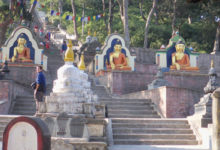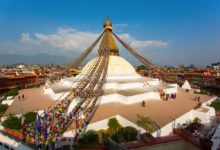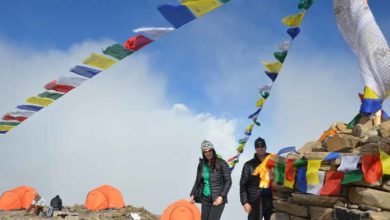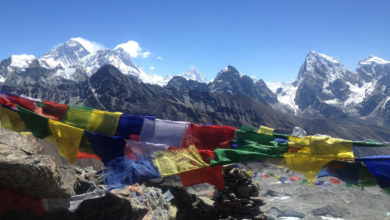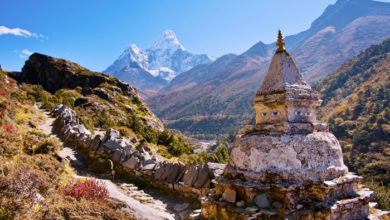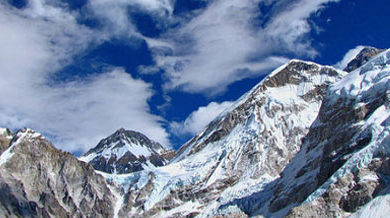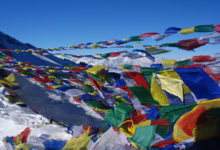Star Trading House
Star Trading House is established and registered with Government of Nepal, Department of Commerce and also a member of Handicraft Association of Nepal (HAN) and Chamber of Commerce and Industries of Nepal. We are one of the pioneers in manufacturing/exporting of Handicrafts products from Nepal.

Star Trading House is established and registered with Government of Nepal, Department of Commerce and also a member of Handicraft Association of Nepal (HAN) and Chamber of Commerce and Industries of Nepal. We are one of the pioneers in manufacturing/exporting of felt products from Nepal.
Our prices are much better than those of our competitors’. Our primary focus is in manufacturing the handmade papers and beautiful products made out of these papers.
We have dedicated and experienced workforce. Over the years we have sought to be in the forefront of meeting the diverse requirements in handicraft products, through various product developments, to a wide range of consumers.
The main objective of our company is to promote poor Nepalese families and generate employment opportunities while providing customer satisfaction. We are yet continually striving to provide better price, better quality and better products to our valued customers.
We offers you the products that truly represent the quality handicraft of Nepal with better price, better quality and better products to our valued customers.
In this web site, we have pictures of various products. If you are interested in any of them, please contact us and we will send you the product catalogs.
We are working to reduce plastic items by developing handmade felt items, succeeded in wool dryer balls and needle felting mat. Now, we are working on felt flowers and Felt Holiday items. We do little things to protect environment. The little things can make a big difference. All the products are manufactured at our various workshops by our traditional craftsmen.
Address: Bhagawati Bahal, Thamel, Kathmandu, Nepal.
Tel: +977-1-4365445
Cell No: +977- 9860985899
Email: [email protected]
Web: http://www.craftandfelt.com


